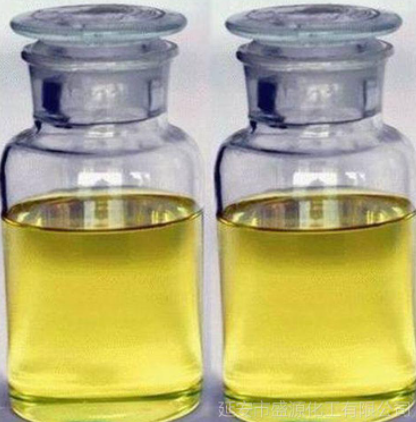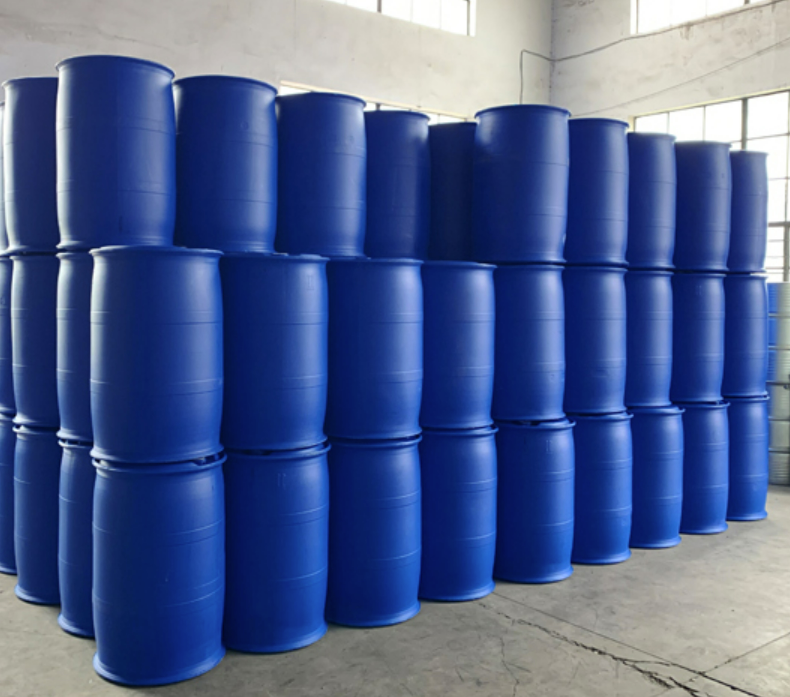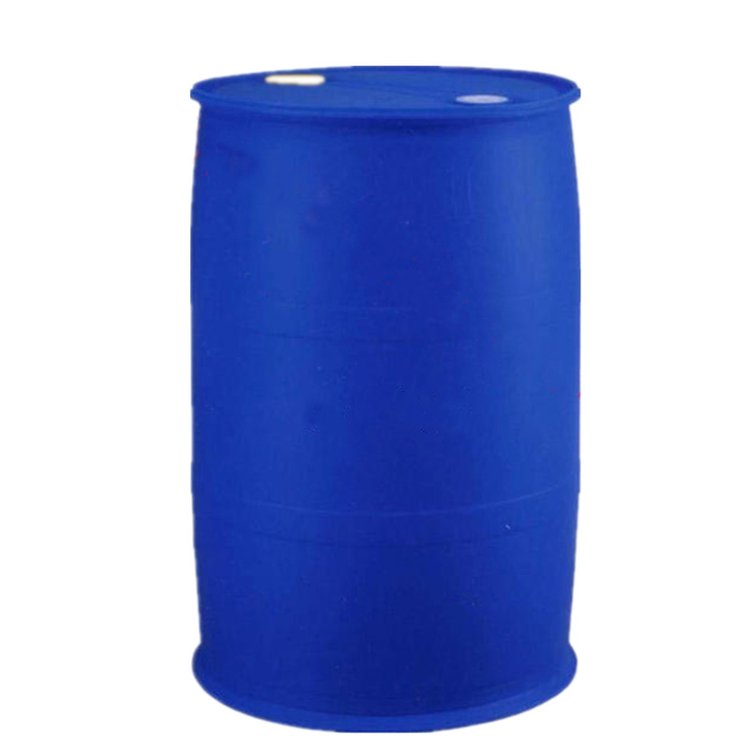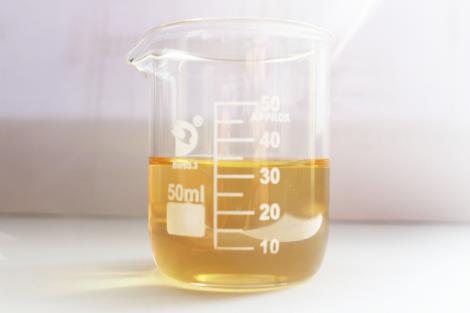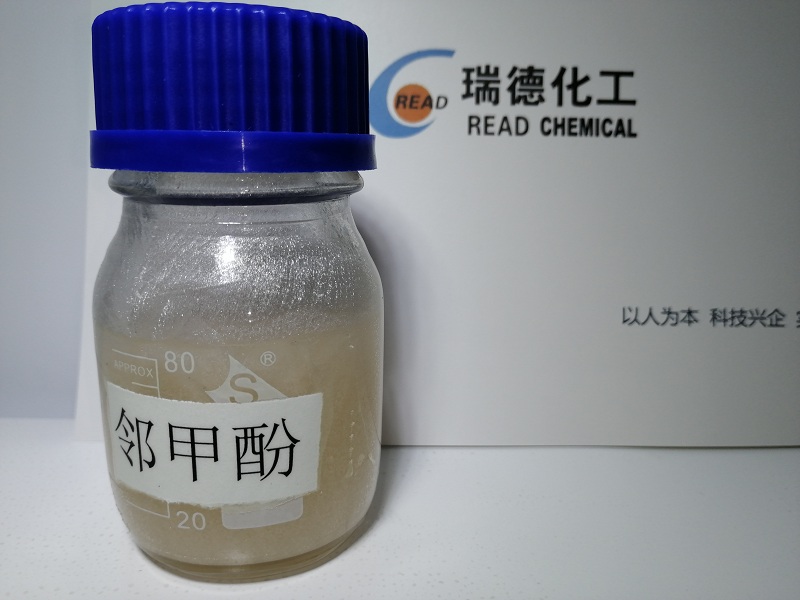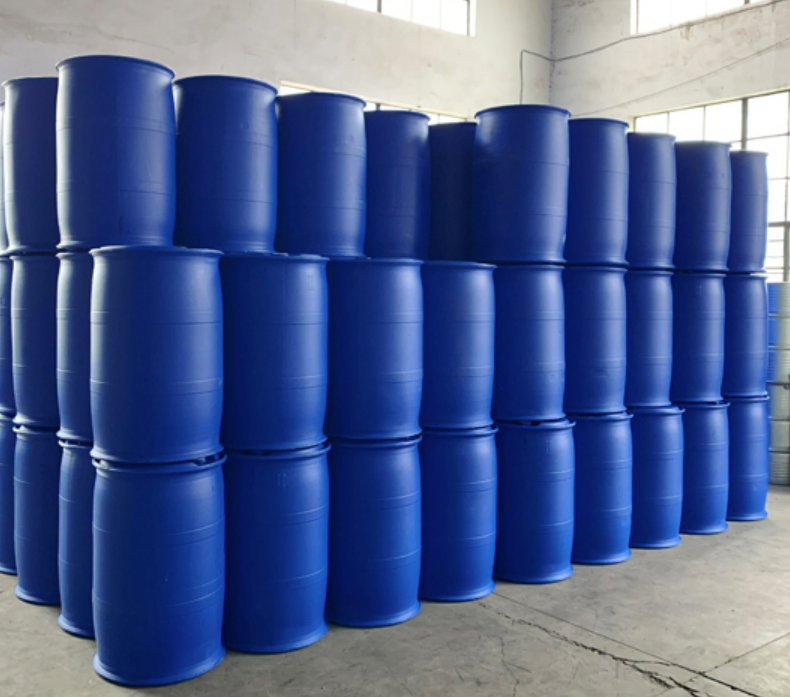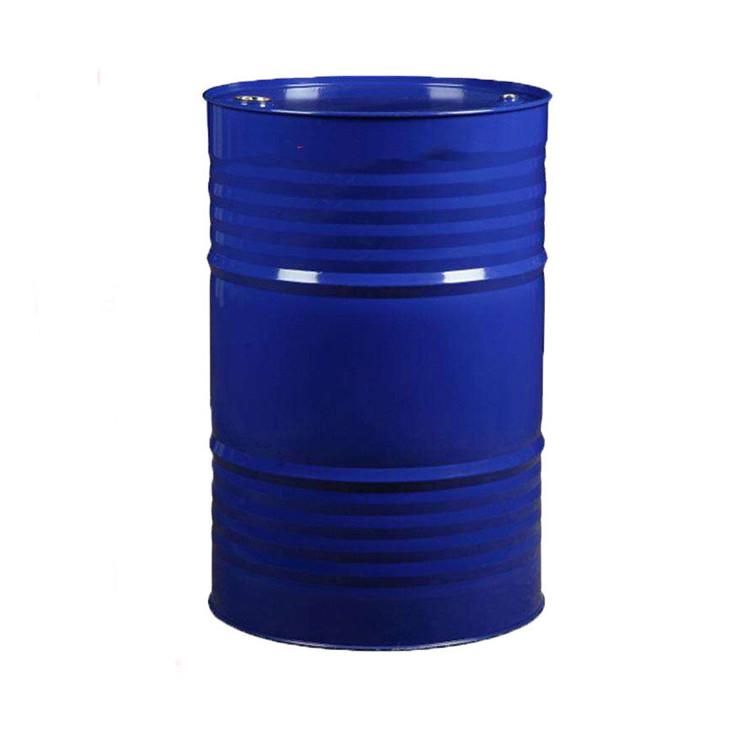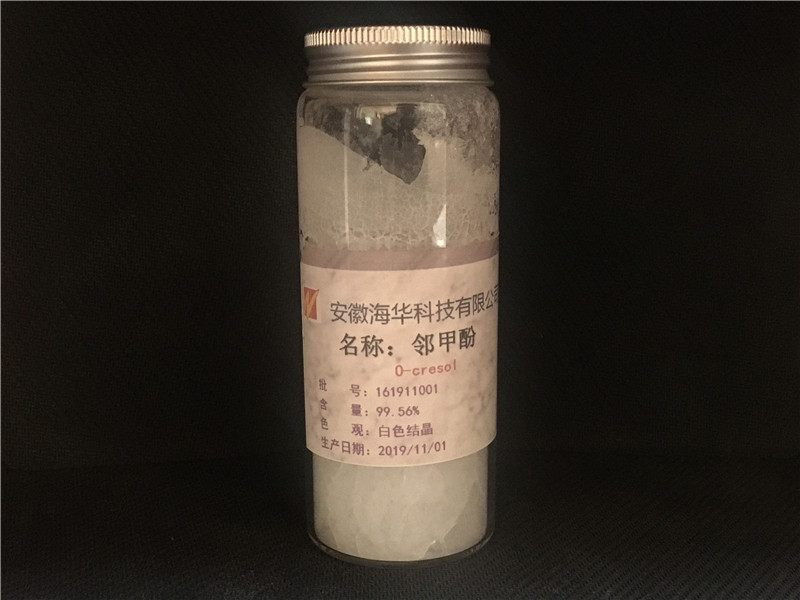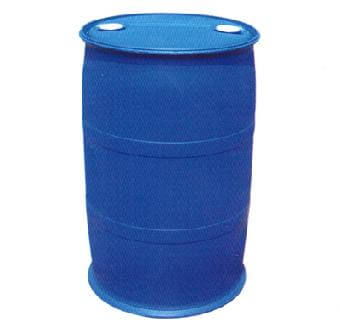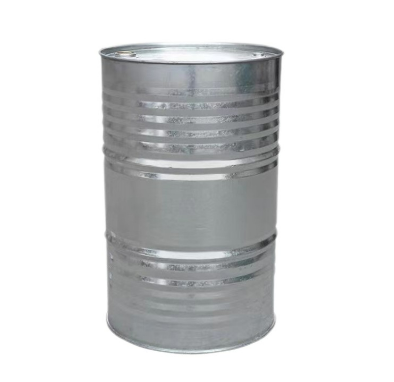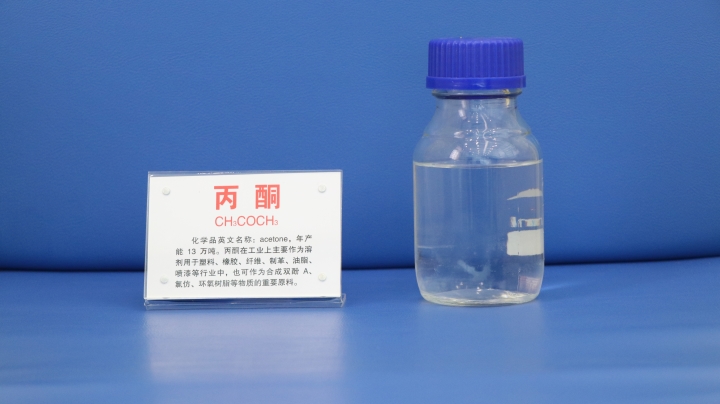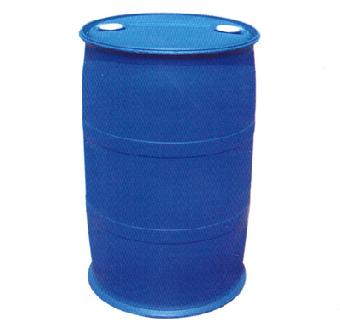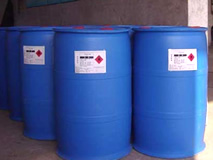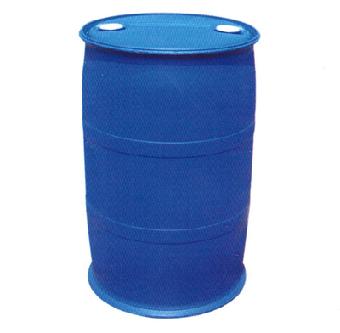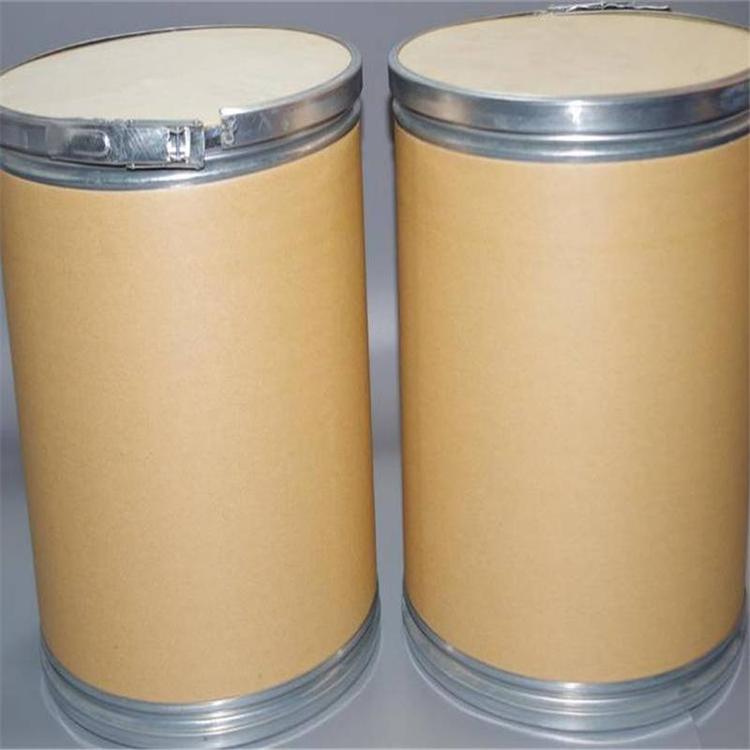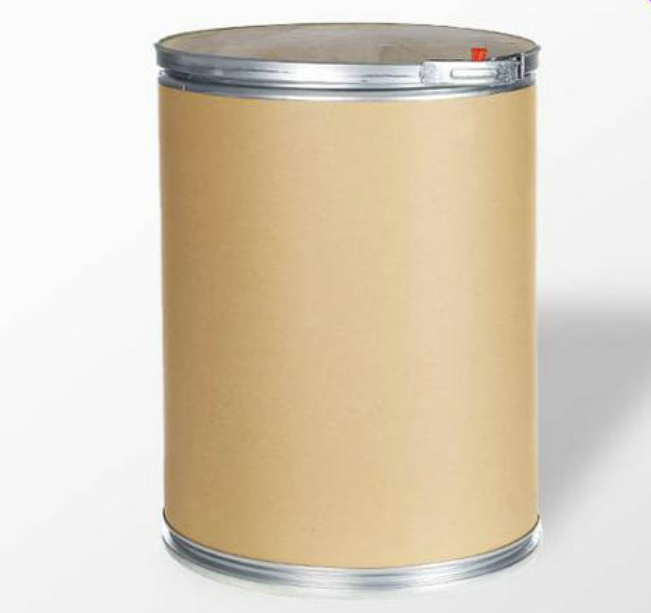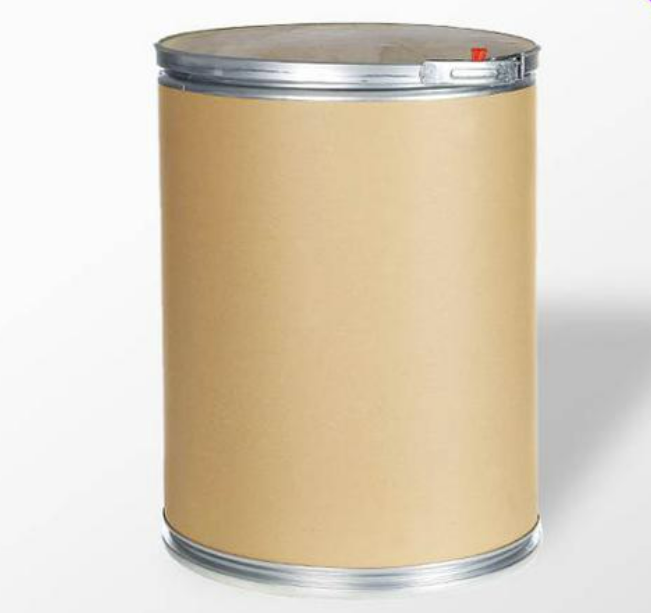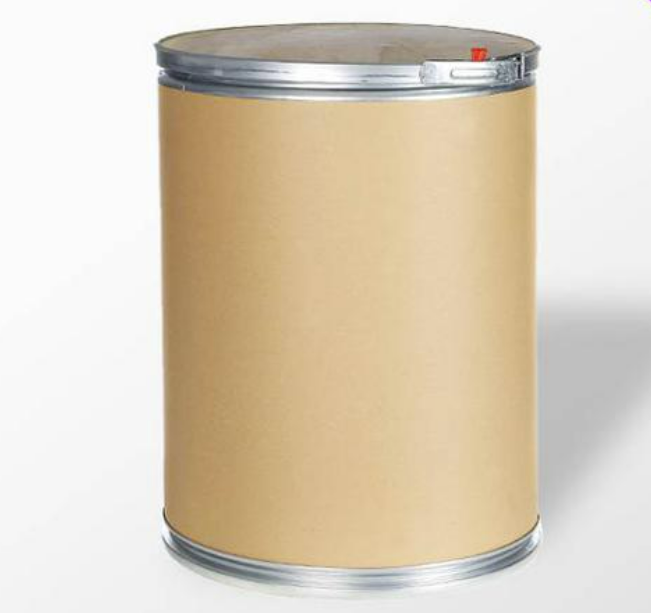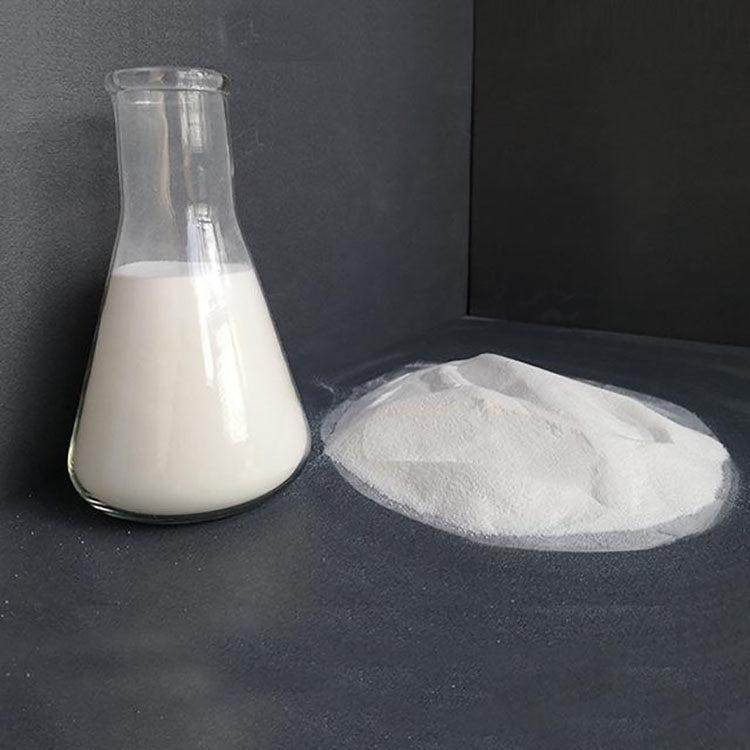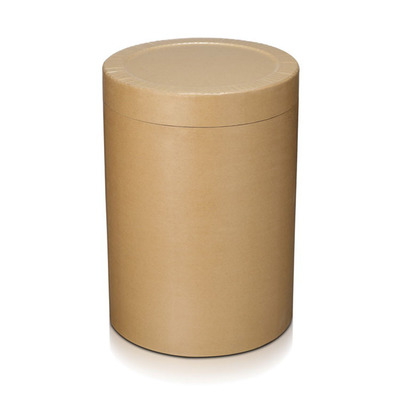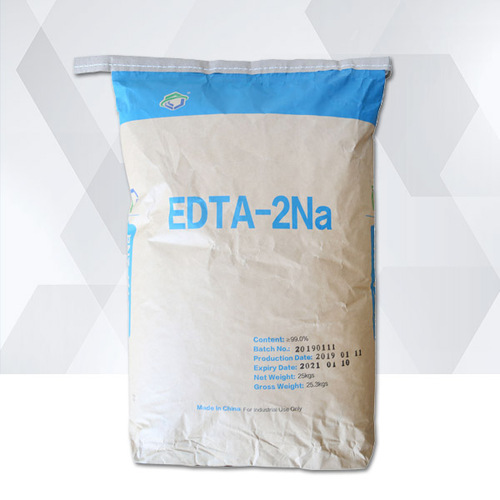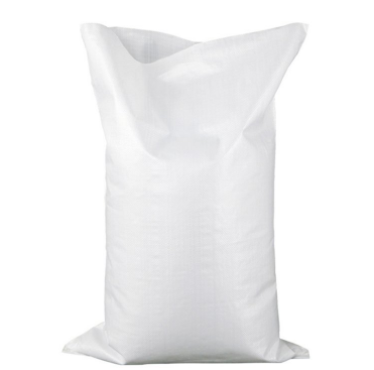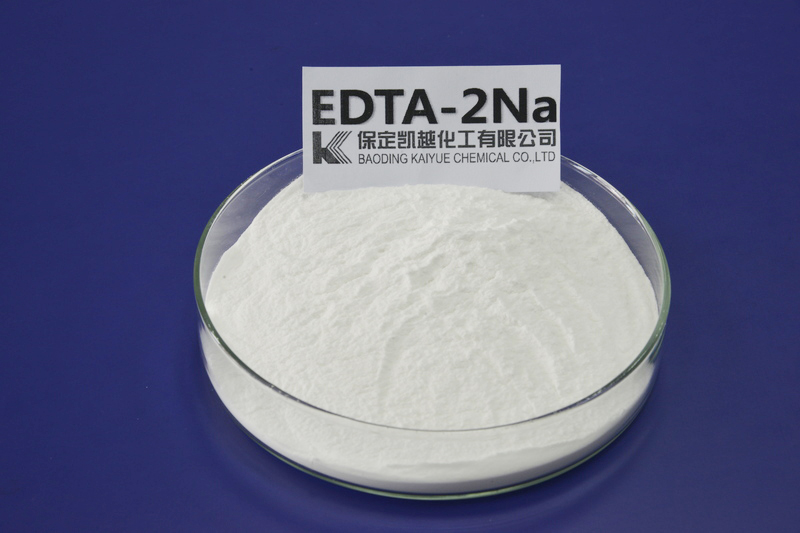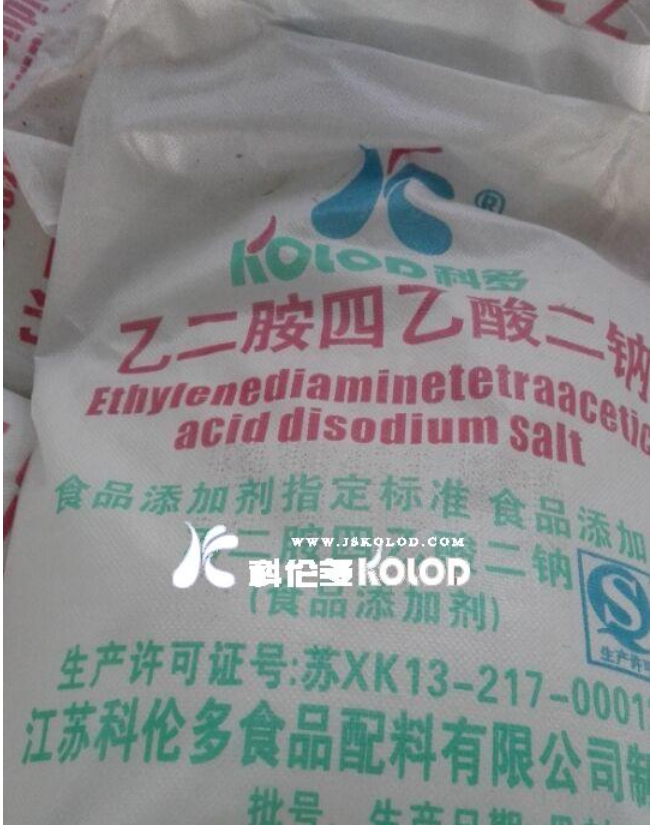Organic Chemical Materials
Amino Acids, Proteins and Nucleic Acids
Alcohols, Phenols and Ethers
Organo Silicon Compounds
Halides
Heterocyclic Compounds
Organic Fluorine Compounds
Nitrogen Compounds
Organometallic Compounds
Esters
Hydrocarbons
Aromatic Compounds
Carboxylic Acids and Derivatives
Nitriles
Organometalate
Aldehydes, Ketones and Quinones
Carbohydrate
Find
1900
related chemicals for you
CAS:112-80-1
Molecular Formula:C18H34O2
Alias
More Information
Cis-9-Octadecenoic Acid; (Z)-Octadec-9-Enoic Acid; Cis-Oleic Acid; Soybean oil Oleic acid; Cottonseed Oleic acid; Oleate; Elaidoic Acid; Glycon Ro; Metaupon; Oelsauere; Cis-Octadec-9-Enoic Acid; Pamolyn; Z-9-Octadecenoic Acid; Oleinic Acid; Animal Oleic Acid; High Purity Oleic acid; Amber Yellow Oleic acid; Oilec ACID 75 % Maleshiya; Oilec ACID
Brief Introduction
Oleic acid is an unsaturated fatty acid with a carbon carbon double bond in its molecular structure. It is a fatty acid that constitutes olein. One of the most extensive natural unsaturated fatty acids, which has a certain effect on softening blood vessels and plays an important role in the metabolism of human and animals. However, the oleic acid synthesized by human body can not meet the needs and should be taken from food. Therefore, eating edible oil with high oleic acid content is beneficial to health. Oleic acid can also be used to make soap, lubricant, flotation agent, ointment and oleate. It is also a good solvent for fatty acids and oil soluble substances.
Suppliers
View More Vendors (7) >
Allsino Pharmaceutical Co.,Ltd.
-
Pharm Grade
Alias
More Information
2-Methylphenol; Orthocresol; Saponated Cresol Solution; 2-Hydroxytoluene; Phenol, 2-Methyl-; 2-Cresol; O-Methylphenol; O-Cresylic Acid; o-Oxytoluene; o-Toluol; O-Hydroxytoluene; O-Methylphenylol; 1-Hydroxy-2-Methylbenzene; Ortho-Cresol; o-Kresol; 2-Methyl Phenol; o-Cresol pure; Phenol,2-Methyl-; 2-Methyl-Phenol; 2-Hydroxy-Toluene; (o-Methyl)Phenol; FEMA 3480; Ortho Creso; 2-Hydroxyphenylmethane; Cresol, Ortho-; Cresol, O-; 2-Hydroxy-1-Methylbenzene; Cresylic Acid; Cresol, O-Isomer; Hydroxy Toluene
Brief Introduction
This product can be used to produce herbicide dimethyltetranitrogen, diluent, disinfectant and pharmaceutical intermediate of sebacic acid. It is also used in the production of resins, plasticizers, spices, dyes and analytical reagents for the detection of nitrate and arsenic acid.
Suppliers
View More Vendors (7) >
Alias
More Information
Dimethylketal; Dimethylformaldehyde; ACT; 2-Propanone; Dimethyl Ketone; Propanone; Propan-2-One; Methyl Ketone; Pyroacetic Ether; Acetone E; Acetone i; Acetone(RDH); Acitone; Acetone Merck 25 Litre drum; Acetone Liquid
Brief Introduction
Acetone is a manufactured chemical that is also found naturally in the environment. It is a colorless liquid with a distinct smell and taste. It evaporates easily, is flammable, and dissolves in water. It is also called dimethyl ketone, 2-propanone, and beta-ketopropane. Acetone is used to make plastic, fibers, drugs, and other chemicals. It is also used to dissolve other substances. It occurs naturally in plants, trees, volcanic gases, forest fires, and as a product of the breakdown of body fat. It is present in vehicle exhaust, tobacco smoke, and landfill sites. Industrial processes contribute more acetone to the environment than natural processes.
Suppliers
View More Vendors (6) >
Bozhiyuan Technology (Guangdong) Co.,Ltd.
Assay≥99.99%
/
-
CAS:52-90-4
Molecular Formula:C3H7NO2S
Alias
More Information
L-Cys; (R)-2-Amino-3-Mercaptopropionic Acid; FEMA 3263; CYS; Thioserine; Cystein; Cysteine; 3-Mercapto-L-Alanin; Alpha-Amino-Beta-Mercaptopropionicacid; Alpha-Amino-Beta-Thiolpropionic Acid; Half-Cysteine; l-Cysteine Price
Brief Introduction
L-Cysteine is a kind of nonessential amino acid, which exists in keratin. Keratin is the main protein of nails, toenails, skin and hair. The relationship between L-cysteine and cystine is very close. Two molecules of L-cysteine form one molecule of cystine. L-Cysteine is more unstable. It is easy to become cystine which can also be reduced to L-cysteine. Both of them are sulfur-containing amino acids, which have effects on skin formation and detoxification. L-Cysteine is mainly used in cosmetics, medicine and food. In cosmetics, it is used to prepare perm, sunscreen, hair perfume and hair essence. In the field of medicine, it is used to prepare methyl cysteine, ethyl cysteine, acetylcysteine, methyl cysteine, ethyl cysteine and comprehensive amino acid preparations. L-Cysteine can also be used as a protective drug against radiation injury. In food, L-cysteine is used as bread fermentation auxiliary (ripening agent), antioxidant stabilizer for milk powder and fruit juice, and nutrient for pet animal food.
Suppliers
View More Vendors (6) >
CAS:6381-92-6
Molecular Formula:C10H18N2Na2O10
Alias
More Information
EDTA-2Na; Disodium Edetate Dihydrate; Disodium EDTA; Aceticacid,(Ethylenedinitrilo)Tetra-,Disodiumsalt,Dihydrate; Disodiumedtadihydrate; EDTA 2na
Brief Introduction
This product is used as complexing agent and chelating agent for pharmaceutical, color development, smelting of rare metals, etc; preservative; Antioxidant synergist; Processing aids. It is also used in the pharmaceutical industry.
Suppliers
View More Vendors (5) >
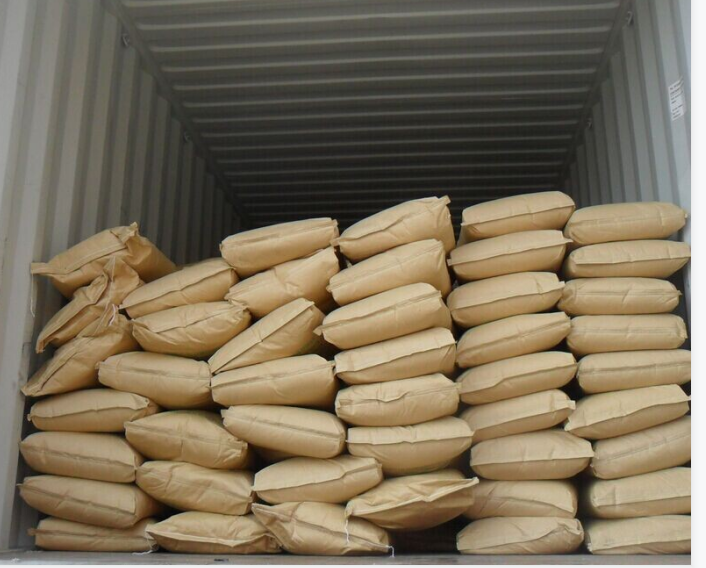
the Ministry of Health Bulletin 2011 No. 19 or FCC
/
Cosmetic Grade
25kg
/
Paper Bag
Inquiry (
10
/ 10
)
Clear All
You can inquire for up to 10 products at a time
Sign In
Error!

